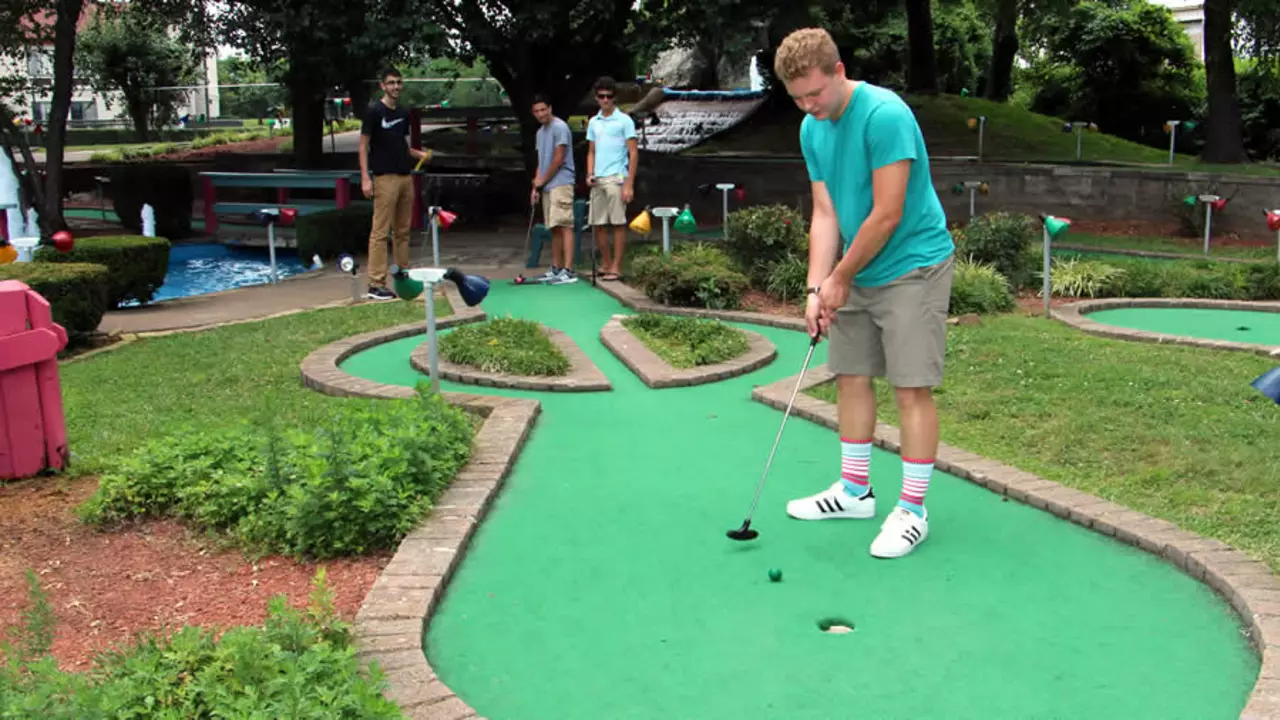Comparison – Curated Guides on Golf, Tech, and Real‑World Decisions
When talking about comparison, the act of evaluating two or more items to spot similarities and differences. Also known as side‑by‑side analysis, it helps people choose the best option for a specific need. In everyday life, comparison drives everything from buying a phone to picking a seat at the Masters, and it even informs emergency response plans.
One of the most frequent subjects in our collection is golf clubs, the core tools that shape a player's performance on the fairway. When you compare a 7‑iron with a driver, you’re weighing factors like loft, shaft flex, and swing speed. This kind of equipment comparison influences swing accuracy, distance, and overall confidence. Likewise, understanding golf courses, the varied landscapes where those clubs are tested adds another layer—terrain, layout difficulty, and weather patterns all affect how a club performs in real conditions.
Technology comparisons are just as common. Take the smartphones, mobile devices that blend communication, photography, and computing for daily life. The showdown between Xiaomi’s 17 Pro series and Apple’s flagship models illustrates how specs like battery capacity, processor speed, and camera optics become decision points. By laying out these specs side by side, readers can see where one device trims price without sacrificing performance, or where another charges a premium for brand ecosystem benefits.
Why Good Comparisons Matter Across Fields
Effective comparison isn’t just about listing features; it requires clear criteria and context. In weather alerts, notifications that warn of hazardous conditions, timing and delivery method become critical criteria. The recent Storm Amy response showed that delayed emails can erode trust, while multi‑channel alerts (text, app, siren) boost safety. Similarly, evaluating seating options at the golf tournaments, major events like the Masters where spectator experience varies by hole involves looking at view quality, crowd density, and price. Choosing a spot at Amen Corner versus the 18th green changes how you feel the drama of each swing.
All these examples share a common thread: comparison helps us make informed choices by highlighting trade‑offs. Whether you’re picking a new set of clubs, deciding which smartphone fits your budget, or planning how to stay safe during a storm, a structured side‑by‑side look clarifies what matters most. Below you’ll find a hand‑picked selection of articles that break down these decisions, give you concrete criteria, and show real‑world outcomes. Dive into the posts to see how each comparison unfolds and what actionable tips you can apply right away.

Is playing mini golf now different from when you were a child?
From my personal experience, mini golf has indeed changed since I was a child. The technological advancements have transformed the game, adding interactive features, lighting effects, and innovative course designs. The courses have become more challenging and engaging, with themes ranging from pirates to outer space. Yet, its essence of fun, family-friendly competition remains unchanged. So, while the aesthetics and mechanics may have evolved, the heart of mini golf still beats with the same joyous rhythm.